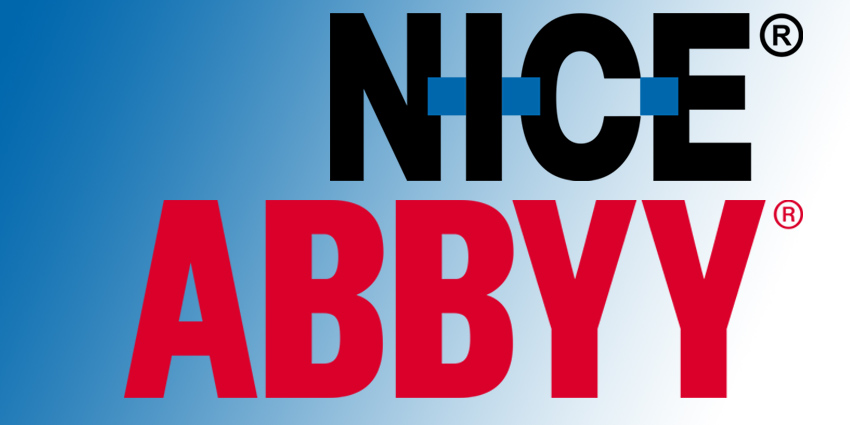Global provider of leading software solutions for businesses across the globe, NICE are a brand known for their commitment to top-of-the-range innovation in the marketplace. Over the years, the organisation has received four separate accolades from TMC for its contribution to the customer service environment. Now, NICE are upgrading their AI strategy once again.
Recently, the brand released an announcement outlining a new Optical Character Recognition solution for their Robotic Process Automation (RPA) platform. With the help of ABBYY, a revolutionary software vendor, NICE will be tapping into some of the most advanced OCR on the market, expanding the potential of its Robotic Automation portfolio to include simpler data extraction from images and documents.
In other words, recording, analysing, and storing your data has never been easier.
Why Do We Need Optical Character Recognition?
 Today, everyone from large enterprises to government bodies and official networks struggle with a range of challenges when it comes to tapping into the benefits that big data has to offer. One of the most expensive and challenging operational scenarios that many businesses face, comes in the complexity of storing and analysing scanned documents.
Today, everyone from large enterprises to government bodies and official networks struggle with a range of challenges when it comes to tapping into the benefits that big data has to offer. One of the most expensive and challenging operational scenarios that many businesses face, comes in the complexity of storing and analysing scanned documents.
While many of the information created today is automatically stored in a digital format, the Institute of Finance and Management suggests that most of the invoices received by over half of the companies operating in the world today are still in hard format. In other words, there’s no digital copy available.
The OCR engine by ABBYY works alongside and within the NICE RPA platform, to replace the labour and time-intensive tasks that would otherwise be associated with manually processing these invoices into readable data. The system recognises visual terms, and extracts useful information rapidly, including text and data stored in tables.
How Do the NICE OCR Features Work?
 In a world where companies around the world have begun to turn to AI and machine learning for answers to everything from customer satisfaction, to compliance and regulation, the RPA platform created by NICE is a step in the right direction. Their recent decision to adopt ABBYY’s OCR feature could mean that customers around the world now have access to a new way of evaluating the huge amounts of hard copy data that exists in the marketplace.
In a world where companies around the world have begun to turn to AI and machine learning for answers to everything from customer satisfaction, to compliance and regulation, the RPA platform created by NICE is a step in the right direction. Their recent decision to adopt ABBYY’s OCR feature could mean that customers around the world now have access to a new way of evaluating the huge amounts of hard copy data that exists in the marketplace.
The Optical Character Recognition software is an automated technology that’s been designed carefully to fit into the natural workflow of complex business environments. Supported by the NICE framework, the OCR solution will allow users to move seamlessly between both human-supported methods for data input, and completely robotic strategies – depending on what works best at any given time.
The projected outcome of the tech is that it should allow NICE AI to automate more tasks on the behalf of digitally-transformed companies while keeping training and operating expenses to a minimum.
How Effective Is the System?
To give their customers complete peace of mind using the NICE Robotic Automation platform with OCR capabilities, the brand has implemented a component that calls for human input whenever the AI system isn’t sure of the data it reads on a scanned document. For instance, you might need to confirm a piece of information that’s been hand-written, or obscured in some way.
Once you’ve confirmed or corrected the issue, the process continues automatically, while the artificial intelligence capabilities of the NICE software allow the robots to constantly learn from human interventions, so that they can manage exceptions themselves in the future.
A part of the enterprise-grade RPA platform delivered by NICE, the OCR engine can recognise over 200 languages, and it can scale to any size for any business. Data automation just got a whole lot easier.







